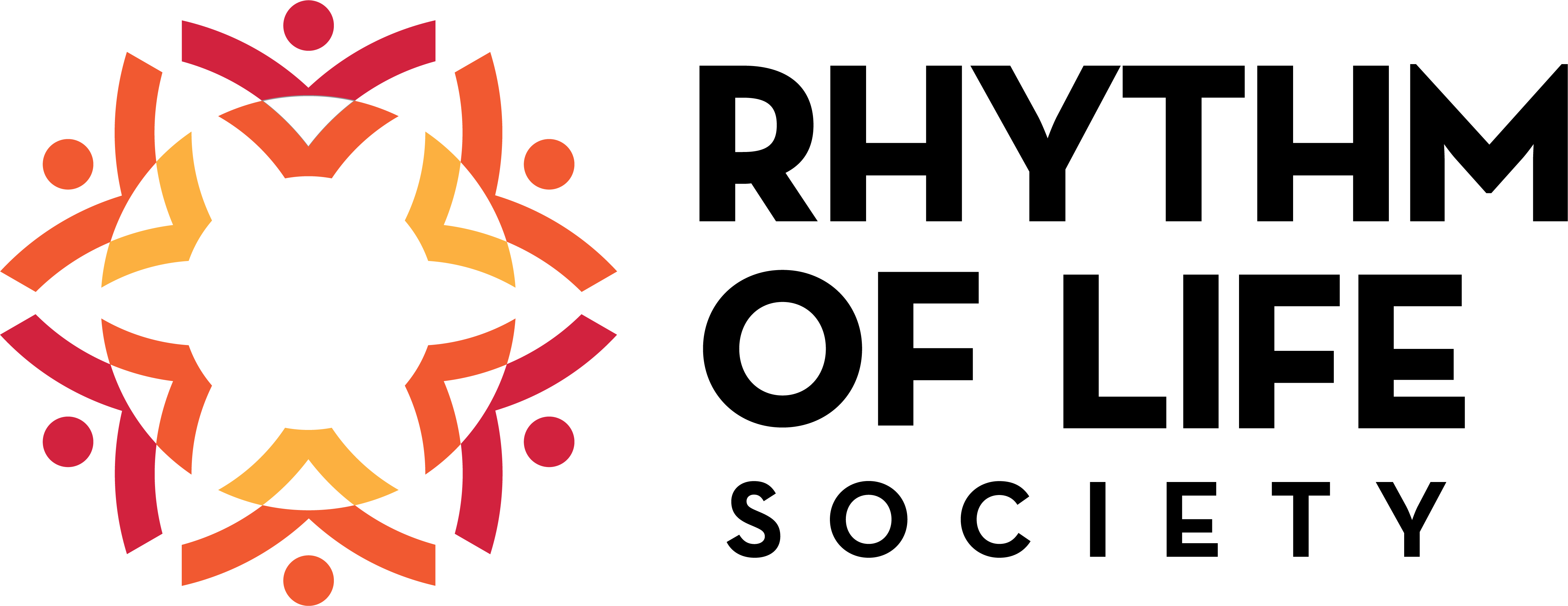Cultural Origins of Drumming: Part 8 - Brazilian Samba
Once scrutinized and criminalized by the government, it has endured through the years to become a symbol of celebration.

Introduction
What are the origins of drum circles? Drumming has deep cultural roots in many parts of the world. In our previous articles, we discussed the African, Indigenous American, Chinese, Japanese, Korean, Roman, and Uruguayan origins of drumming. This article will cover the Samba drumming origins of Brazil.
What Is Samba?
Samba drumming and music originates from Brazil, with roots embedded in Afro-Brazilian traditions. This broad term describes the multiple unique rhythms that originated in the communities of Bahai in the late 19th century, and Rio de Janeiro in the early 20th century.
Traditionally, Samba music features string instruments such as the cavaquinho, and percussion instruments such as the famous tamborim drums. Samba holds a special place as a symbol of Brazil and their popular Carnival festivities.

However, the Samba was not always celebrated. During the early years of Samba music being performed, Brazilian authorities put it under scrutiny. The authorities saw it as a threat and even claimed that it was linked to Afro Brazillian cults. Due to these claims, many early Samba composers and musicians faced criminal persecution, and their instruments were destroyed. The genre was forced to endure underground.
Despite this, however, the Samba emerged as a distinctly Afro-Brazilian musical genre, fostering deep bonds that brought people together. Samba music is now seen as a cornerstone of traditional music and is accepted by the government in the present day. In fact, the Bahian Samba de Roda was acknowledged as a UNESCO Heritage of Humanity in 2005!
The Instruments And Music Of Samba
The drums and the percussion instruments of Brazil are deeply ingrained in African and South American culture. These drums are best used for the Samba. However, they are also used in many other genres of current popular music. Some of these drums include the Pandeiro, the Repinque, the Caixa, the Surdo, the Tambourim, and the Atabaque.
Samba music is recognized by its walking pace, since it has two strong beats per bar with accents on the off beats which are compared to a heartbeat, and sometimes the use of the Clave rhythm is involved.

A Samba percussion group is known as a bateria. A bateria will sometimes form part of larger ensembles including voices, guitars and brass instruments. However, baterias often perform as a percussion-only ensembles.
The bateria utilizes various sized drums as well as shakers and bells when performing samba music. Drummers hold the smaller instruments in their hands, and they carry larger instruments using belts or straps. Baterias will either perform the music while standing on the spot, or while parading in events such as the Carnaval. Some baterias have just three or four players. However, most baterias will have ten to fifty participants.

Conclusion
Though Samba drumming was once scrutinized and criminalized by the government, it has endured through the years to become a symbol of celebration and resilience in Brazil. Though it was once threatened by the government, its later acceptance shows that it became a prominent, unifying element of Brazilian culture.
Check out our variation of a Samba rhythm on the Djembe: https://youtu.be/mQaHjgoEGoo?si=CozSWgWTuo3yxU5I
Published July 28, 2025
References
"Where Does Samba Music Come From?" - Unbeatable Energy. Link
"Brazilian Drums: Incredible Sound of Samba Drumming" - Natal. Link
"The Cultural History of Samba Music" - Drums for Schools. Link
"What is Samba Drumming?" Link
Media Sources
[Image] Samba Drummers - The Culture Trip
[Image] Samba Drummer - Free Stock Photo
[Image] Samba Drum - Wikimedia Commons
[Image] Brazil Drummers - Songlines
[Video] Samba Drumming in Brazil - YouTube
[Video] Djembe Samba Rhythm - YouTube
About the Author
Claris Lam
Claris is passionate about making grand ideas accessible to a wider audience. She has written articles about emerging environmental technology and research, lifestyle, studying, and career advice, and anime and manga for several organizations including Sustainable Waterloo Region (SWR), TalentEgg, and Comic Book Resources (CBR). When she's not writing informative articles, you can find her playing the piano, pipe organ or violin, writing new fiction and poetry books as an indie author and poet, or reading.
July 28, 2025
Written by: Claris Lam
